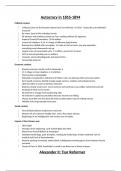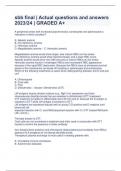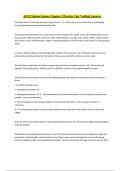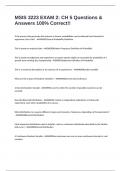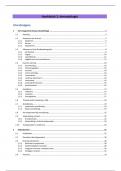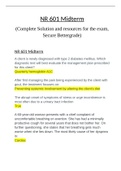Summary
Summary Overview of AQA Tsarist and Communist Russia, 1855–1964
- Institution
- AQA
17 pages covering from pre-Alexander II to Khrushchev Has overviews but also separates into economic/social/cultural/political/opposition/military affects and developments Has some statistics throughout- but is more a big overview with specific details Predicted A at a-level
[Show more]
